
Dec 11, 2025* | Case Study | 7 minute read

Dec 11, 2025* | Case Study | 7 minute read
New year—new you! Take a look at the science behind the everyday materials that help you achieve your goals.
Each year, many of us find ourselves setting resolutions to improve our lives, whether it's saving money, getting fit, or enhancing our overall well-being.
What we often overlook is the incredible role that materials science plays in helping us achieve these goals. From the lightweight materials in our vehicles that improve fuel efficiency, to the advanced fabrics in our workout gear that enhance performance, the science behind everyday materials is a powerful ally in our journey towards a better version of ourselves.
Materials science is an interdisciplinary field that studies how to create materials that have a specific property or combination of properties.
Check out these popular New Year’s resolutions ideas and how science helps make them possible.
Those who drive a car on a regular basis likely appreciate that the cost of owning and maintaining a vehicle goes far beyond the sticker price at the dealership. Materials science helps make vehicles operate more efficiently, including improving durability to extend the life of vehicle components.
Lightweighting, building vehicles that are less heavy than previous generations, generates consumer benefits beyond the cost at the pump. It also helps improve acceleration, braking, handling and can increase the battery range on electric vehicles (EVs) and hybrids.
It is not just about replacing traditional metal components with alternative lower-density materials. The Dow MobilityScience™ team works alongside vehicle manufacturers to research, design, and optimize new materials to meet the mobility demands of the future. Materials science helps improve vehicle safety without compromising comfort or design, increases motor efficiency, lowers cabin noise and vibrations for a smoother, more enjoyable ride, and more.
If you are looking to exercise more or reach a particular fitness goal this year, chances are you have looked into devices and apparel to help you on your way.
Materials science goes into all of it—from wearables to clothing to training shoes. Check out these examples of how science plays a role in your workout routine.
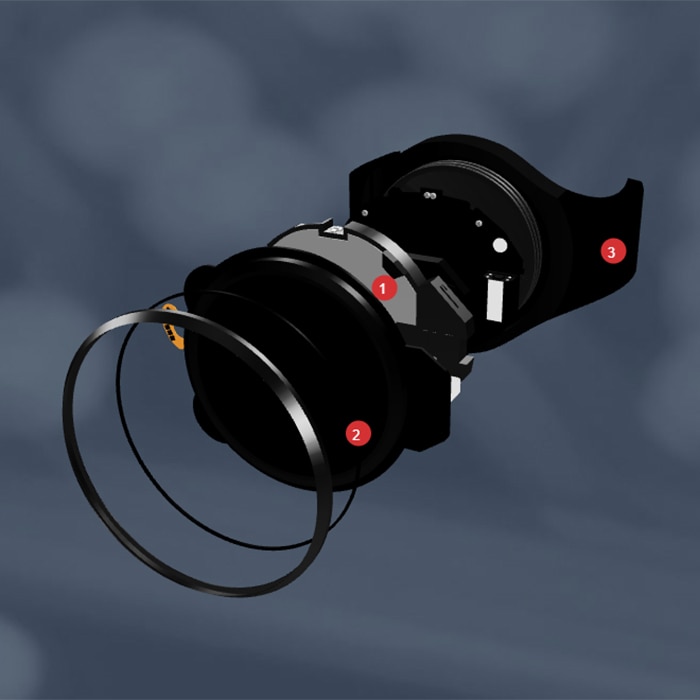
From the watch to the band, we develop material innovations and smart solutions for wearable devices.
At Dow, we do more than engineer materials. We work with brand owners to design custom solutions that expand the possibilities of what performance apparel can do.
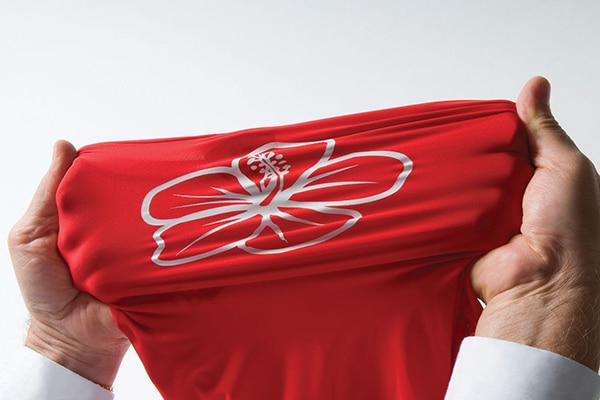
Have you ever stretched a printed garment and noticed a wrinkling or cracking effect? Silicone-based inks help solve that problem by providing screen printers and apparel manufacturers with smooth, durable, wash-resistant silicone printing inks for use on shirts, jerseys, shorts, leggings and so much more.
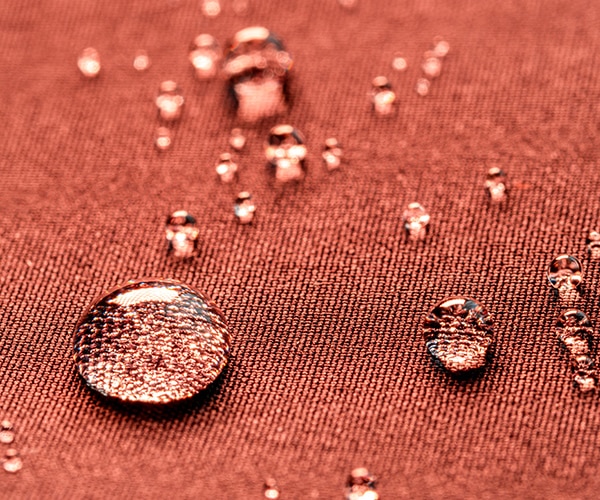
Water repellent fabrics that maintain their performance over time help to extend the life of apparel and gear, contributing to a sustainable future by reducing waste. Our silicone-based water repellent technology does exactly that—maintains water repellency and durability over time, even after multiple washes, so you can still go for that run even if it's raining.
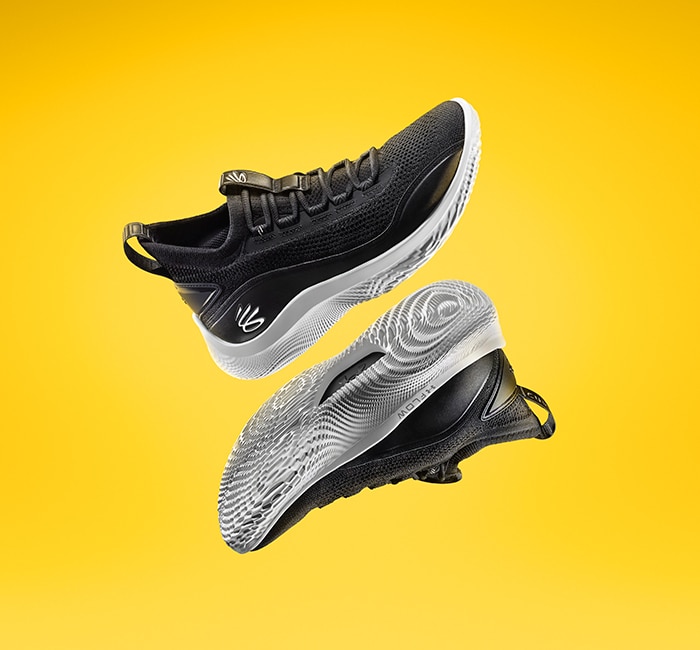
We have teamed up with Under Armour (UA) to create cutting-edge tech for basketball shoes, including the Curry Flow 8. Together, we developed UA Flow, a “unicorn foam” that eliminates the need for rubber outsoles, providing stability, flexibility, and reduced weight. It also lowers the overall carbon footprint of the shoe by reducing the materials, energy, waste, and labor historically needed to make similar sneakers.

Crocs also aims to reduce the carbon footprint of their shoes, by 50%. We are helping them to do just that by developing a more sustainable version of their signature Croslite™ material using bio-based source materials. These new polymers, part of our Ecolibrium™ bio-based portfolio of solutions, are helping Crocs to achieve their trademark comfort, durability and material flexibility while successfully reducing the shoe’s carbon footprint.
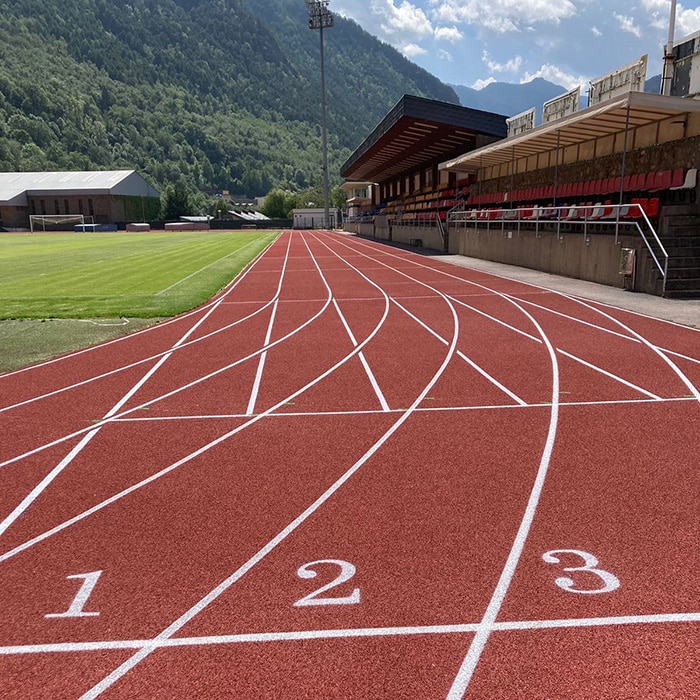
When you head out for a run on a track, there is materials science technology beneath your feet. Modern tracks are often made by applying a rubber surface layer to an asphalt base layer. The small pieces of rubber need to be bound together to stay in place. Polyurethane is a common binding material for setting the rubber top layer.
Depending on where you are in the world, you may even be running on our DIAMONDLOCK™ Track, a high-performance sandwich system for athletic surfaces. It is designed to stand up to a variety of climates while incorporating circular materials to support year-round athletic performance and sustainable sporting.
Getting enough sleep is crucial for maintaining good health and overall wellbeing. Several factors influence this, with the mattress you sleep on playing a significant role in the quality of your sleep.

At ComfortScience™ Studios, we delve into how people experience comfort, recognizing that comfort varies among individuals and contexts. Our research involves collaboration with brand owners, formulators, manufacturers, and retailers to address challenges and identify emerging trends in mattresses, pillows, and other comfort solutions. Our facility features sleep testing rooms that simulate different seasons, geographies, and sleeping habits.
Through the Dow ComfortScience™ platform, we develop technologies aimed at helping you enjoy more restful nights and productive days.
For those who aim to be more mindful of what they eat, keeping a ready supply of lean proteins, fruits and vegetables at hand is a great start.
Whether you are shopping for groceries or meal prepping at home, the materials that comprise food packaging and storage are developed through an extensive process of research and design to extend shelf life.
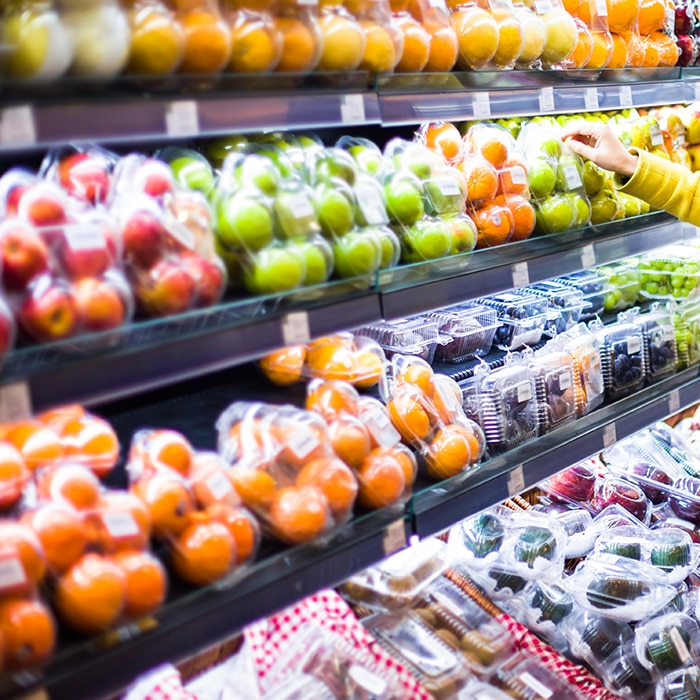
Produce needs packaging that can keep it fresh and safe during transport from harvest to market. Modern packaging solutions like breathable films and humidity controlling materials help extend shelf life and maintain the quality of fruits and veggies—meaning less frequent trips to the store to have healthy food readily available at home.
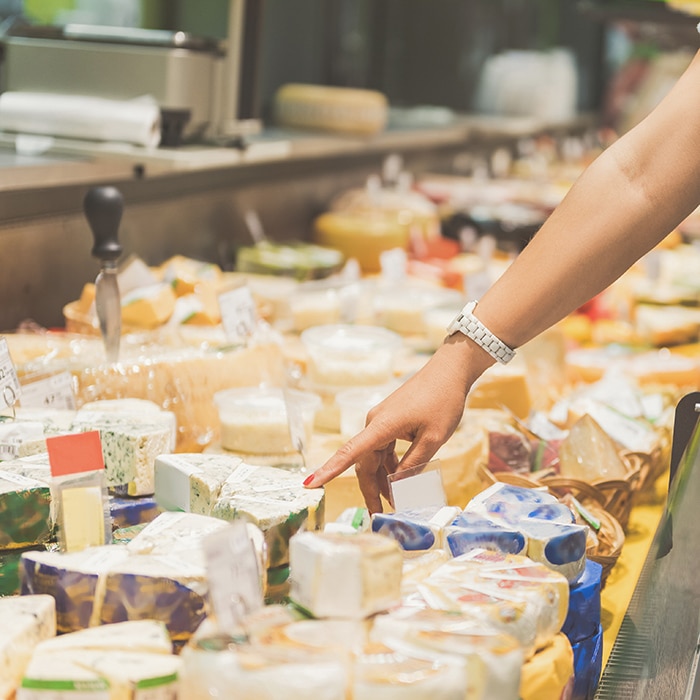
Dairy items and their substitutes need careful packaging to avoid leaks and control strong smells. Technology for these items includes better films and sealants for cheese and milk, and foil lids that stick well to plastic containers, keeping yogurt fresh and easy to grab for lunches or snacks.
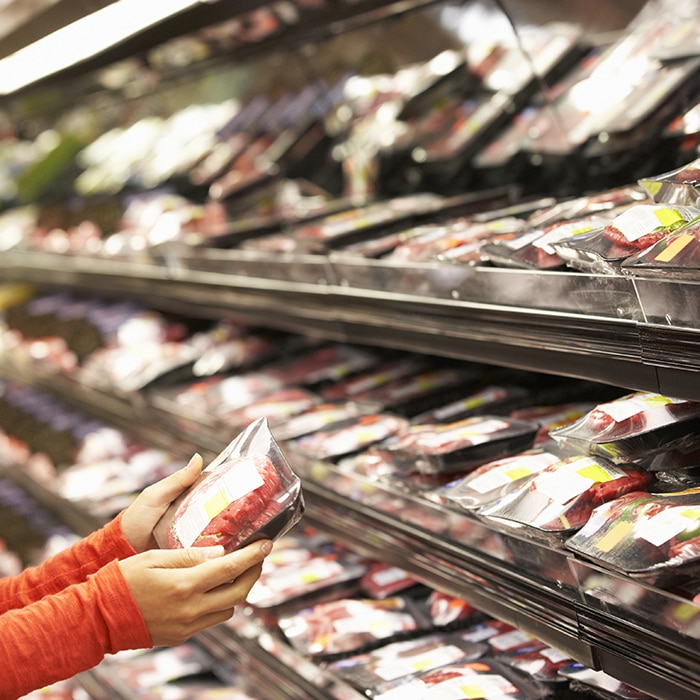
Meat packaging has come a long way from dense foam trays to thin, efficient plastics. We make the resins that go into the peelable film on food containers. It is called modified atmosphere packaging. Better oxygen barriers and multi-layer structures keep meat fresh for longer and maintain its color, helping grocers and consumers reduce food waste.
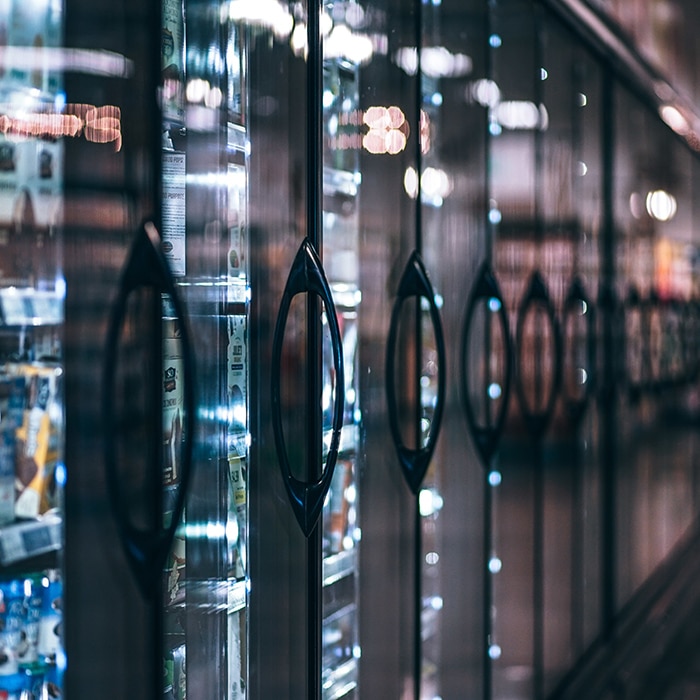
Frozen food packaging focuses on durability and flexibility, with features like resealable pouches and steam-in microwaveable bags making it easier to make healthy choices when you are strapped for time to cook dinner.
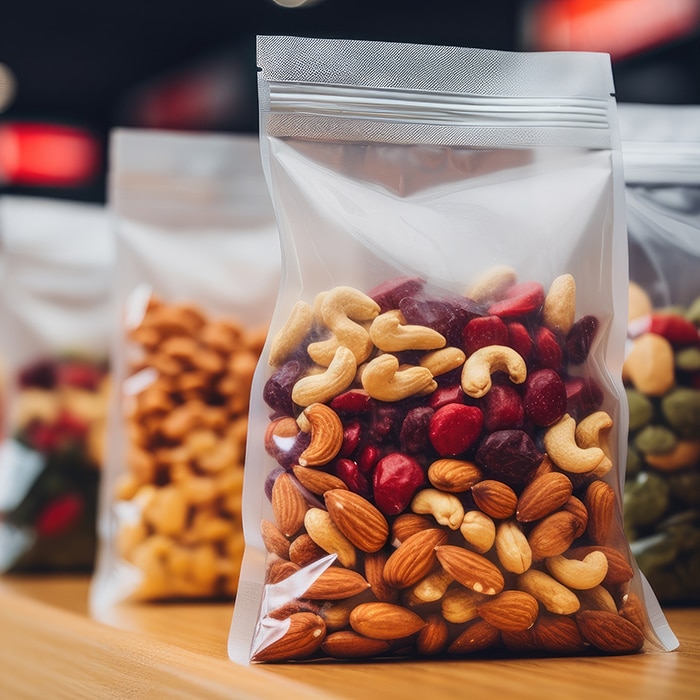
Packaging for dry and bulk foods is continually improving. Flexible, resealable plastic pouches reduce the overall weight of the product compared with other packaging options. This helps keep food fresh on store shelves and at home and makes transportation more efficient.
You can drive vehicles made with lightweight materials to save fuel and reduce emissions, choose workout gear made with efficient materials designed for performance, invest in mattresses designed for optimal sleep, and select foods with packaging that reduces waste by keeping food fresh longer—all of which are supported by innovations in materials science. These choices can help you live healthier and more sustainably every day.
Materials science enables innovations like lightweight car parts for improved vehicle efficiency, durable sports equipment and shoes, advanced mattresses for more restful sleep, and food packaging designed to reduce waste—making it easier to stick to healthy, sustainable resolutions. These advances support everyday choices that benefit both you and the environment.
Innovative materials for automotives and mobility, such as lightweight composites and advanced polymers, can increase motor efficiency, which lowers operating costs like fuel consumption. These materials can also help reduce emissions and improve energy efficiency by enabling increased battery range in electric vehicles and hybrids.
Sustainable workout gear and wearables use advanced materials—like silicones, water-repellent fabrics, and bio-based polymers—to enhance comfort, performance and durability. These innovations help gear last longer, enabling you to stay active and making it easier to maintain fitness goals sustainably.
Advanced mattress and bedding materials are designed through innovative research to enhance comfort, support and durability, helping you enjoy more restful nights and productive days. These technologies can adapt to different sleeping habits and environments, helping to improve overall sleep quality.
Food packaging science uses advanced materials like breathable films, humidity-controlling layers and resealable pouches to keep food fresh longer, making healthy choices more accessible and reducing spoilage. These innovations help extend shelf life, minimize waste and support healthier eating habits.
This case study was developed by a cross-discipline team representing materials expertise across Dow. To learn more about how Dow is innovating the solutions and materials of tomorrow to help power sustainable New Year’s resolutions, visit our Purpose in Action pages.
*This article was originally published January 9, 2025.